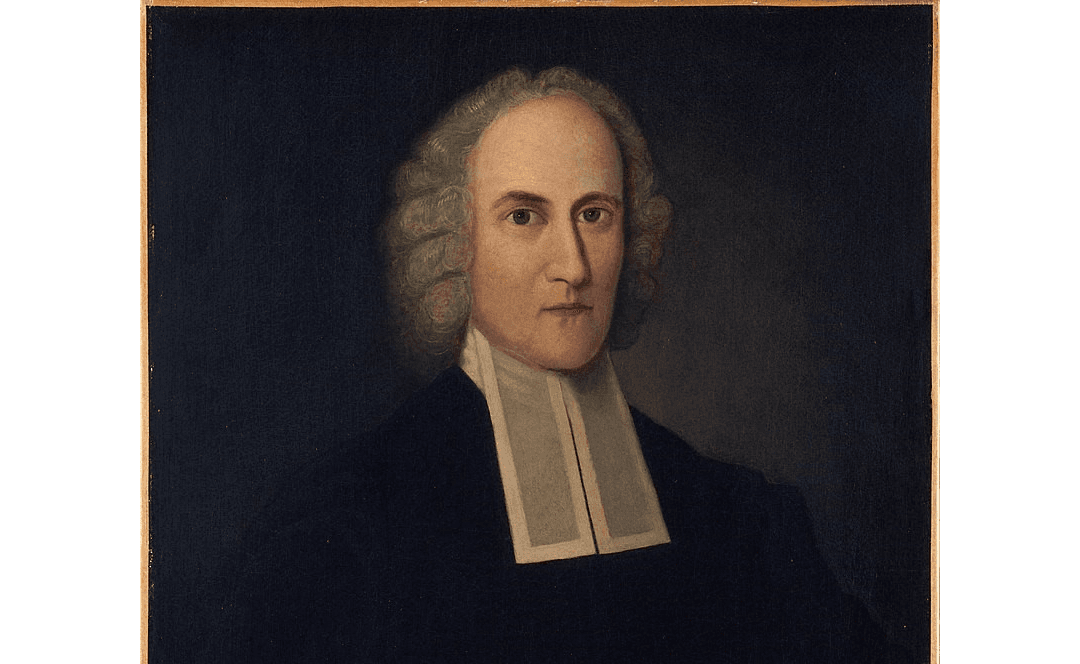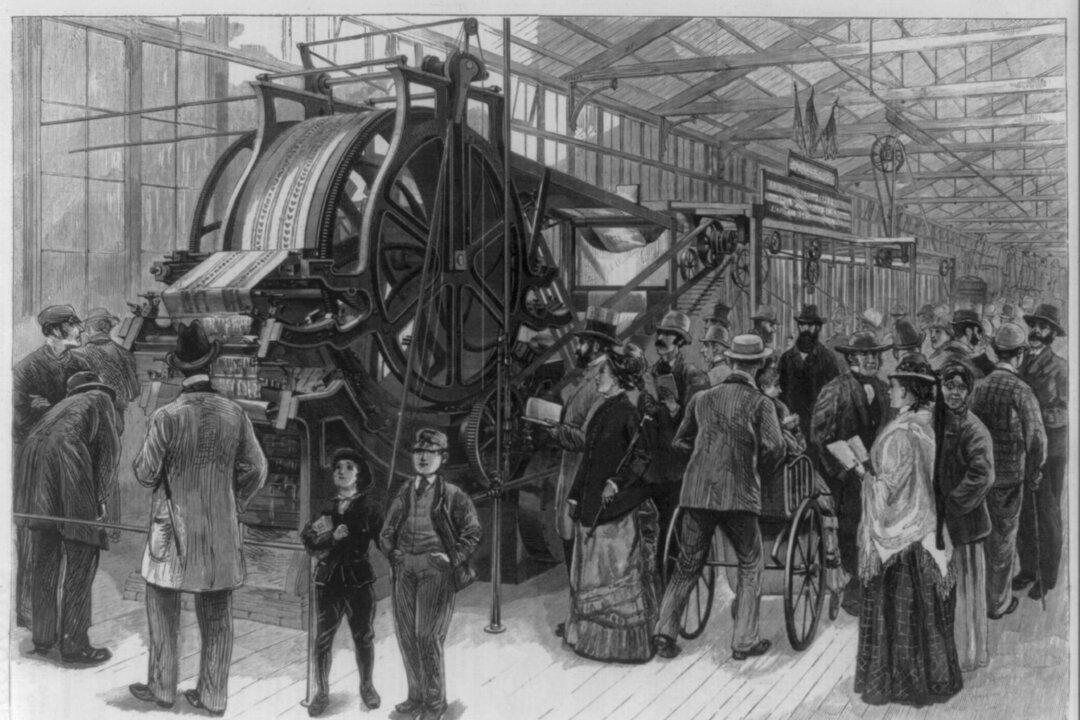Jonathan Edwards was on one of his daily nature walks. Suddenly, he stopped. He said a prayer and, as he took in the nature around him, a big smile came across his face. He smelled the trees and took in their every detail. He listened to the gentle sounds of insects that flew by. God’s creation was perfect and beautiful.
Edwards was raised in colonial America and entered Yale at the age of 13. Upon graduation, he started studying all things related to science and nature because he found the glory of God present in the natural world.






